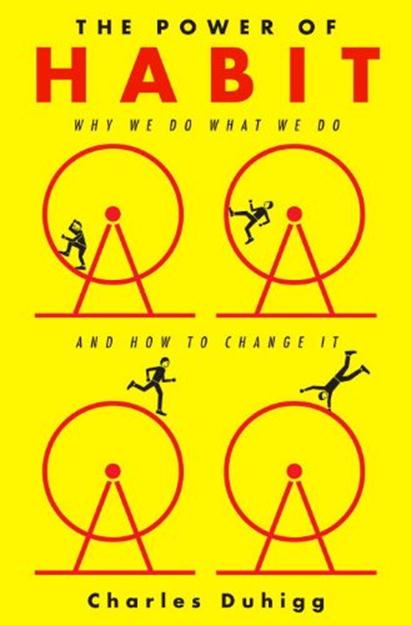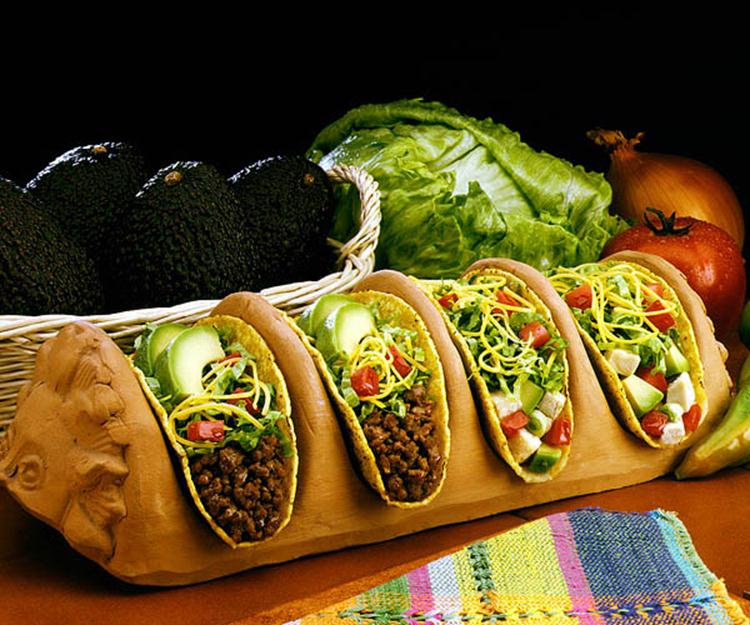The Origins Of The Simpsons
May 23, 2012 in Daily Bulletin

Claudia De La Roca interviewed Matt Groening – the creator of The Simpsons and Futurama. The interview focused on the Simpsons and some highlights include:
- The Simpsons family is named after Groening’s own family. His father is named Homer, his mother, Margaret, and his two sisters Lisa and Maggie.
- Groening’s father, Homer, does not like donuts.
- Groening originally planned to name Bart’s character after himself however he felt that studio executives wouldn’t like it.
- Bart was selected because it sounded like Bark and Groening thought that sounded funny.
- The surname Simpsons was chosen because it has the word ‘simp’ as in ‘simpleton’ in it.
- Groening was bullied as a child but (possibly) got his revenge by naming the bullies in Simpsons after some of the bullies he encountered in real life.
- Writers enjoy writing for the show because there is no network interference, and as a cartoon there are no constraints on reality meaning that they can let their imaginations go wild.
To read more about the rules that Groening’s father set down about the way that Homer treated his wife, Groening’s relationship with Portland and how it influenced the show, which city Springfield is named after, and why the focus of the show shifted from Bart to Homer, click here.
Source: Smithsonian
Via: Chris Blattman

















Join the Discussion! (No Signup Required)